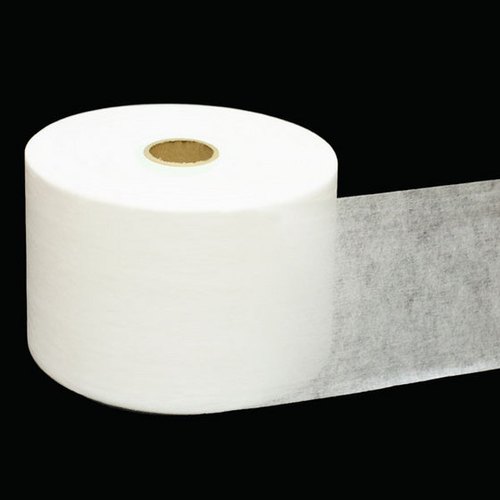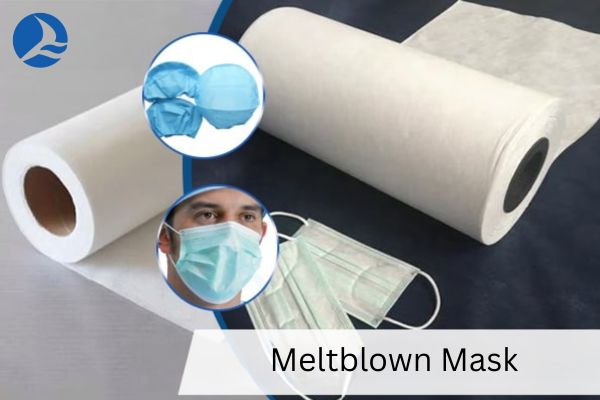PP or polypropylene melt-blown fabric is made of polypropylene. Its fibre diameter can be between 1 to 5 microns, and it has excellent oil absorption, heat insulation, filtration, capacitance and protection properties. There are many areas where melt-blown is being used. However, in this article, we will describe melting blown fabric meaning, process and applications.
What is the meaning of melt-blown fabric?

Melt-blown fabric is a kind of thermoplastic polymer material. These polymers have excellent absorption and barrier properties
Melt blown contains various anti-wrinkle and anti-void structures. Because of its filtering performance and different capillary forms made of superfine fibers, it is used in multiple filtering industries, such as air filters, masks, N95 masks, water and other sectors. With the complex fibre structure, the surface area and the fibre per unit area are increased, giving a refined quality.
Meltblown process
Melt-blown process is a single-step process in which air blows molten thermoplastic resin from the tip of the extruder nozzle onto a conveyor belt at high speed to form a thin, fibrous self-adhesive sheet for the combination of adhesion and cohesion.
Approximately 40% of melt-blown materials are used in an unbonded (monolithic) state. Yes, exactly! The remaining meltblown material is a composite or laminated material of meltblown fibre and another material or non-woven fabric.

The melt-blown process is unique among nonwovens. This is a high-tech version of the amusement park marshmallow production process. In the manufacturing process of marshmallows, the sugar is melted and fed under pressure through small holes in the spinning wheel. When stimulated, the melted sugar freezes and turns into short fibres.
In the melt-blown system, the molten polymer is pushed through a small tank, and high-temperature air (230°C to 390°C) is exposed on both sides of the outlet film (300 to 500 miles per hour). The polymer melts by several orders of magnitude and solidifies into a disordered matrix of discontinuous subdenier fibres.
The fibres are then fused (separated from the airflow) into randomly wound webs and compressed between heated coils—the characteristics of the polymers and tapes used and their various application fields.
Application
Mask
Medical masks are usually made by stacking three layers of non-woven fabrics together. During normal exhalation, the inner layer helps to absorb water. The outer layer of the non-woven fabric acts as a waterproof barrier to prevent the mask from infiltrating or absorbing liquid secreted by the patient when talking, coughing or sneezing.

The middle layer as a filter is located between the inner and outer layers of the mask. The intermediate layer is usually formed of polypropylene meltblown non-woven fabric and treated as an electret. The electret treatment imparts electrostatic properties to the filter bed, thereby achieving electrostatic adsorption, which helps to capture aerosol particles through electrostatic attraction.
Medical paper towels
The largest medical market segment for meltblown nonwovens is disposable sterile garments, towels and sanitary napkins.
Electronic products
Melt blown fabric is sometimes used for battery isolator and capacitor insulation.
Filtration
Today, filtration is the largest market for meltblown fabrics. Melt blown is widely used in this field.
Hygiene products
Melt-blown fabric is commonly used in adult sanitary napkins, diapers, and disposable urinary incontinence products.
Clothing
Meltblown fabric is used for thermal insulation materials, artificial leather pads and disposable industrial clothing.
Conclusion
People are more curious to know melt-blown fabric meaning after the revolution in this field. Materials used in industrial respirators, masks (including N95 masks) and microbial filters are manufactured by melt-blown to meet the highest quality standards for consistency and thickness. The melt-blown fabric is collected in rolls by the machine to facilitate transportation and handling. I hope you got the melt-blown meaning and other relevant information after reading this article.
